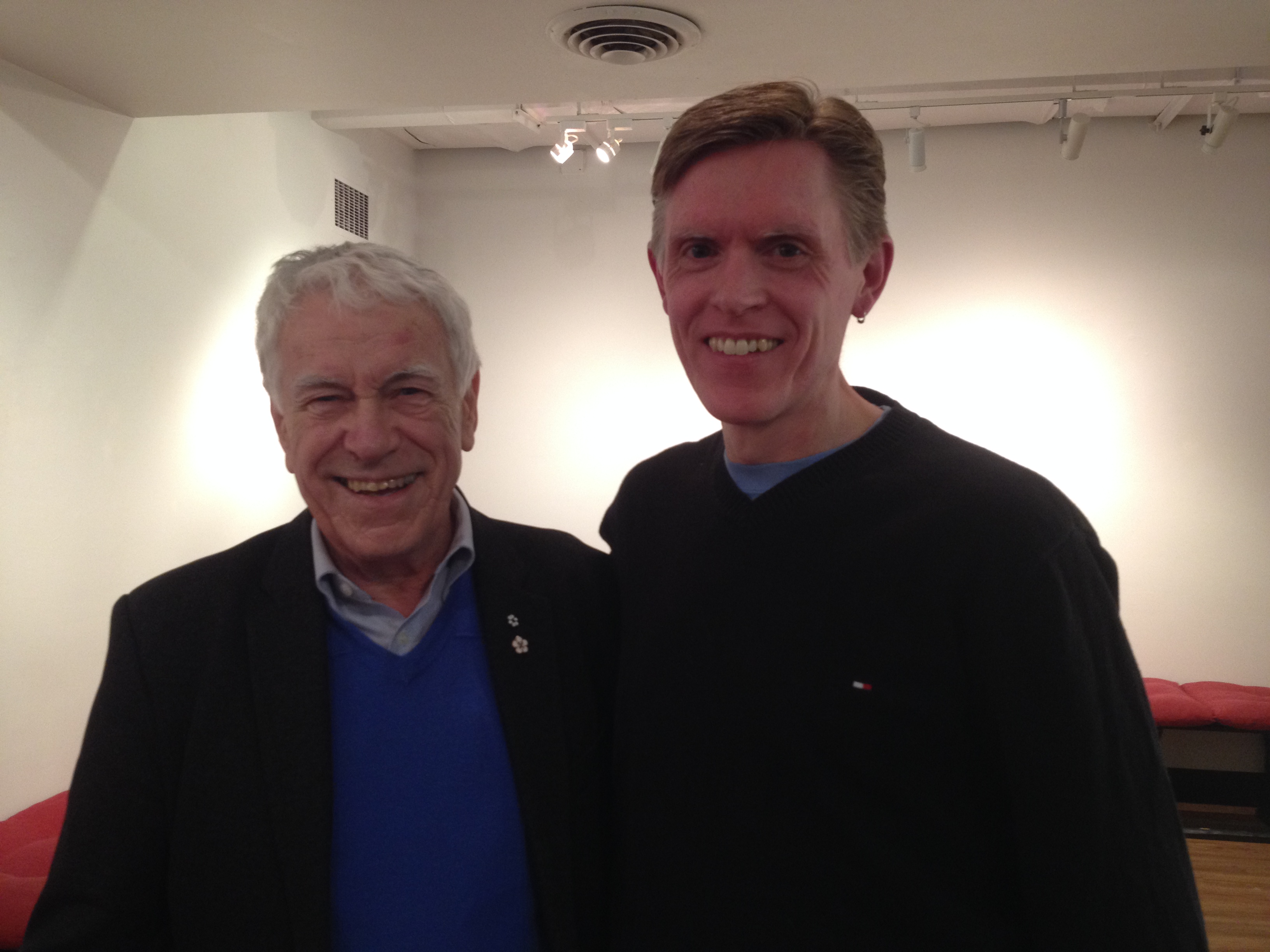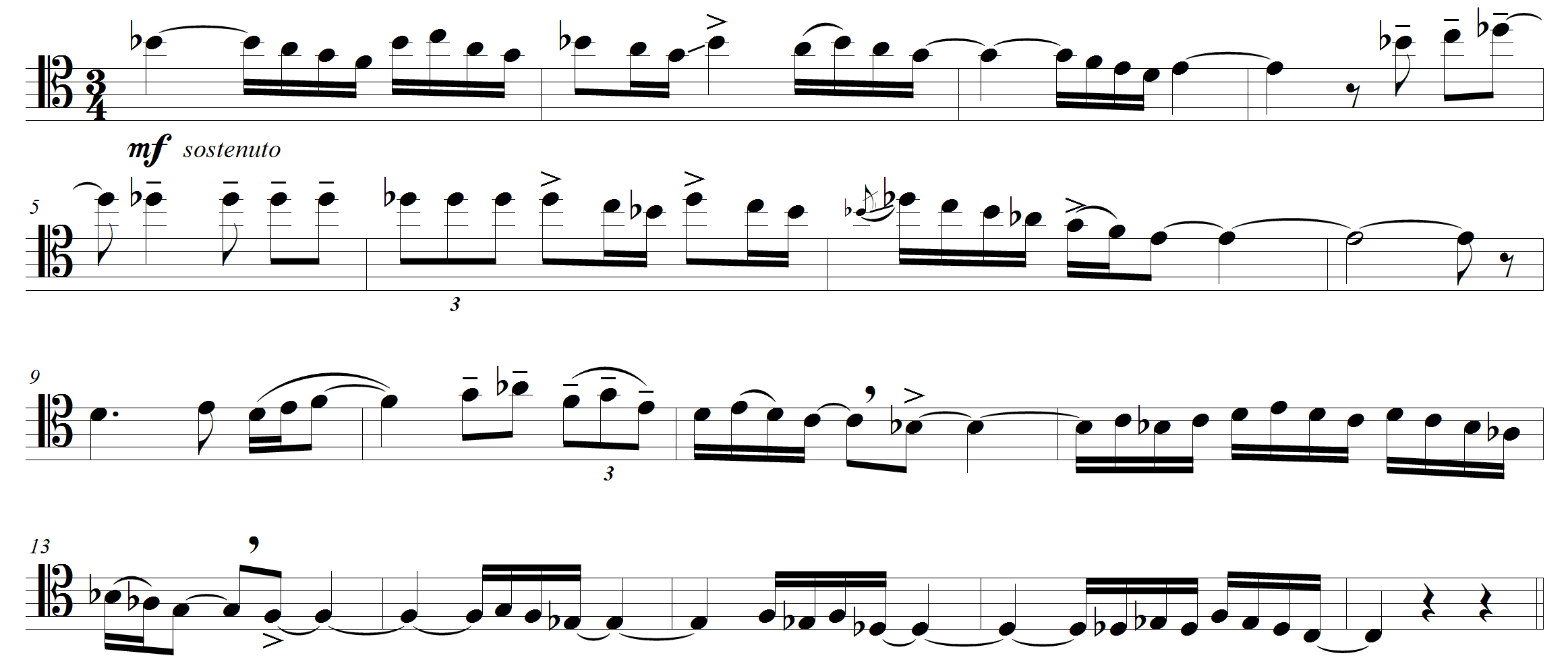I was recently tagged here in the 7 Things thing, and coincidentally tagged by my wife on facebook with the 25 Things thing there. So here I am, killing two birds with one stone, and ending my blogging hiatus with my list of 25 things you don’t really need to know about me.
1. My middle name is Burpee. That’s right, Burpee. Sad but true. What were my parents thinking?! Actually, I like it. It’s distinctive. Some of my best friends call me Burpee. Without laughing, even. (Burpee was also my maternal grandfather’s middle name, and that’s what everyone called him – except for my grandmother; she couldn’t stand it).
2. I love the trombone. I could listen to trombone music all day, every day. And I love performing. I wish I had more time to practice, though.
3. I love my family more than anything (even the trombone!). They bring out the best and the worst in me, and that can only be caused by people for whom I am truly passionate. When Sandy and I met it was love at first sight, but it would be another year before we finally started dating. That was in 1987 – we’ve been together for over half of our lives!
4. Being a dad is the scariest thing I’ve ever done, but you know what? I think I might actually be good at it! I just wish I didn’t have to work – it bugs me when I miss out on happenings at home.
5. I am fiercely loyal. I still can’t bring myself to get rid of my ’92 Dodge Colt, even though absolutely nothing on it works anymore. Man, what a great car that was! OK, let’s add “sentimental” to the list, too. Dare I mention that high school graduation T-shirt from 1986?
6. I am a night owl. My best work (including this list, lol) is done after everyone has gone to bed. It’s inertia, really. Awake – just want to stay up. In bed – Zzzzzz.
7. I can fix anything. I’m not afraid to take anything apart, and when I put it back together I feel confident that the leftover parts must not have been all that important anyway. I will likely be a handyman when I grow up.
8. I have two university degrees: a Bachelor of Music degree from UPEI (1991) and a Master of Music in trombone performance from Northwestern University in Chicago (1992). Believe it or not, they’ve actually come in handy a couple of times.
9. I have been nearly vegan for 17 years. I say “nearly” because I have been eating a few eggs in the last couple of years. I don’t really know why either – they’re disgusting.
10. I have a high metabolism and can eat and eat and eat. I have put a few all-you-can-eat restaurants out of business over the years. A long time ago I lost a bunch of weight and ended up really skinny. Some people assume that I lost the weight because I became vegetarian, but it actually happened before that, due to “Starving Student Syndrome” that year in Chicago. I have been gradually able to put the weight back on after some sporadic periods of lifting weights, and am finally back to my teenage high of 165 lbs. I am kind of sensitive about people calling me skinny. I think a double standard exists whereby people seem to think it’s OK to tease people about being skinny when they wouldn’t tease somebody about being fat.
11. I have recently come to the inevitable conclusion that I have celiac disease. If you’re wondering how I could possibly survive as a nearly-vegan who can’t eat wheat, let me say that for every food I’ve given up I’ve found lots more to replace it. The result is that my diet includes a much wider variety of foods than it ever would have if I was still a meat-and-potatoes man.
12. My first big job was playing in the Band of the Ceremonial Guard on Parliament Hill in the summer of 1988. Marching on the Hill in 30 degree heat, wearing a wool tunic and a bearskin hat – we earned our money. We also had to undergo basic military training – I threw a real live hand grenade and learned how to operate a rifle and a submachine gun. These skills have come in very handy in my career as a trombonist.
13. Farthest I’ve travelled: Japan, 2000 – a three-week tour playing in the orchestra for Opera Atelier‘s production of Mozart’s “Don Giovanni”. What an amazing experience that was.
14. I am a patient man, but two things drive me crazy: slow drivers, and Windows computers.
15. I love building things out of Lego and K’nex. Bailey and I will play with that stuff together for hours. Hey Bailey – Bailey? Where’d you go?
16. I am such a perfectionist, I can’t even send an email to myself without proofreading and correcting spelling mistakes, grammar and punctuation. Like, chill out, man.
17. I am really quite boring. I can’t believe you’re still reading this.
18. I love a good action flick. Actually, it doesn’t even have to be that good. I’ll watch anything. Except Keanu – that guy makes me sick.
19. When I am older, I want to play the role of Matthew Cuthbert in Anne of Green Gables, The Musical. I already know all the lines!
20. My favourite smell in the whole wide world is almond extract. Time stands still when I get a whiff of that stuff.
21. When I think about winning the lottery, my first thought is about how many composers I would commission to write trombone pieces. Oh man, I can’t wait to play all those new works. What? You have to buy a ticket?!
22. I am an earth muffin. We live off-the-grid in the middle of the woods, buy local as much as possible, shop second-hand and generally try really hard to be green. There is lots more I could do to be greener – every day I try a little bit harder. Someday I hope to be able to look my grandkids in the eye and honestly say I did my best to keep this planet liveable for them.
23. One of my biggest regrets is quitting piano. As a kid, I would start lessons every fall and then quit after a few weeks. Perhaps if I had been taking lessons from someone other than my mother I might have stuck with it; who knows? I know it’s never too late, but I don’t even have the time now for everything I’m already doing. A retirement project, perhaps…
24. I value my friends highly. If you’ve read this far, you must be a good one. Thanks! By the way, if you haven’t heard from me in a couple of years, it’s not that I don’t love you; I think about you all the time. It’s just that:
25. I am a procrastinator. How did I ever get around to finishing this list?









 For further interest:
For further interest:












